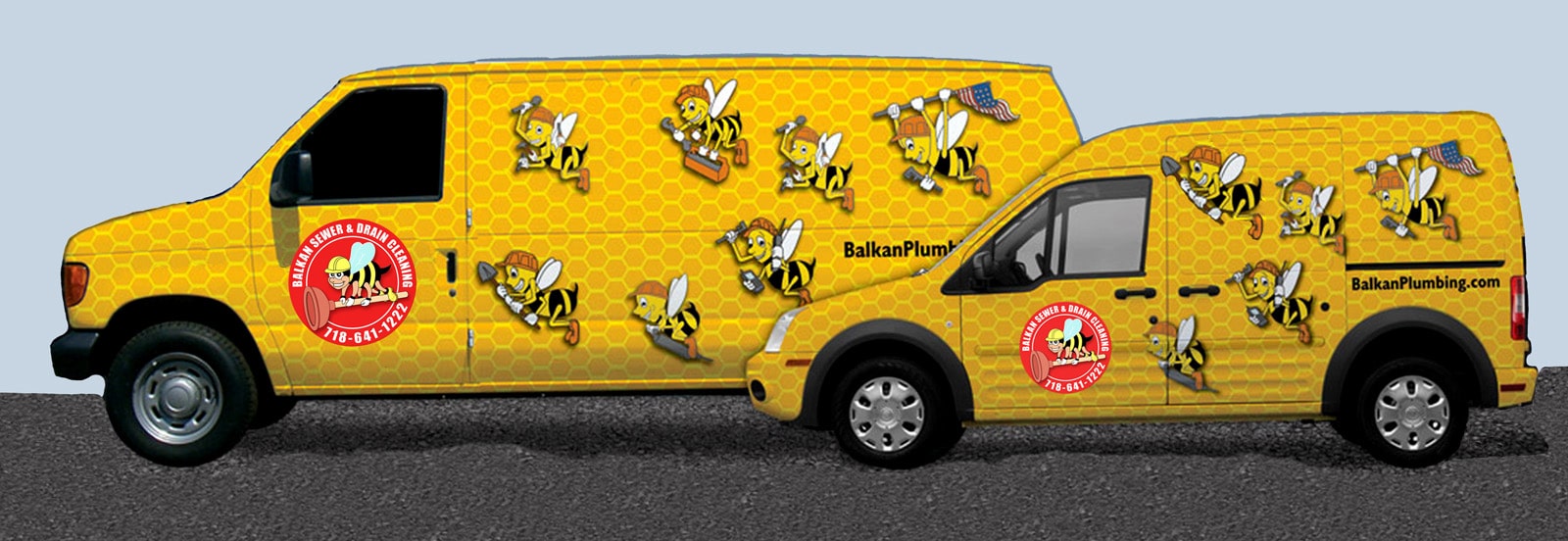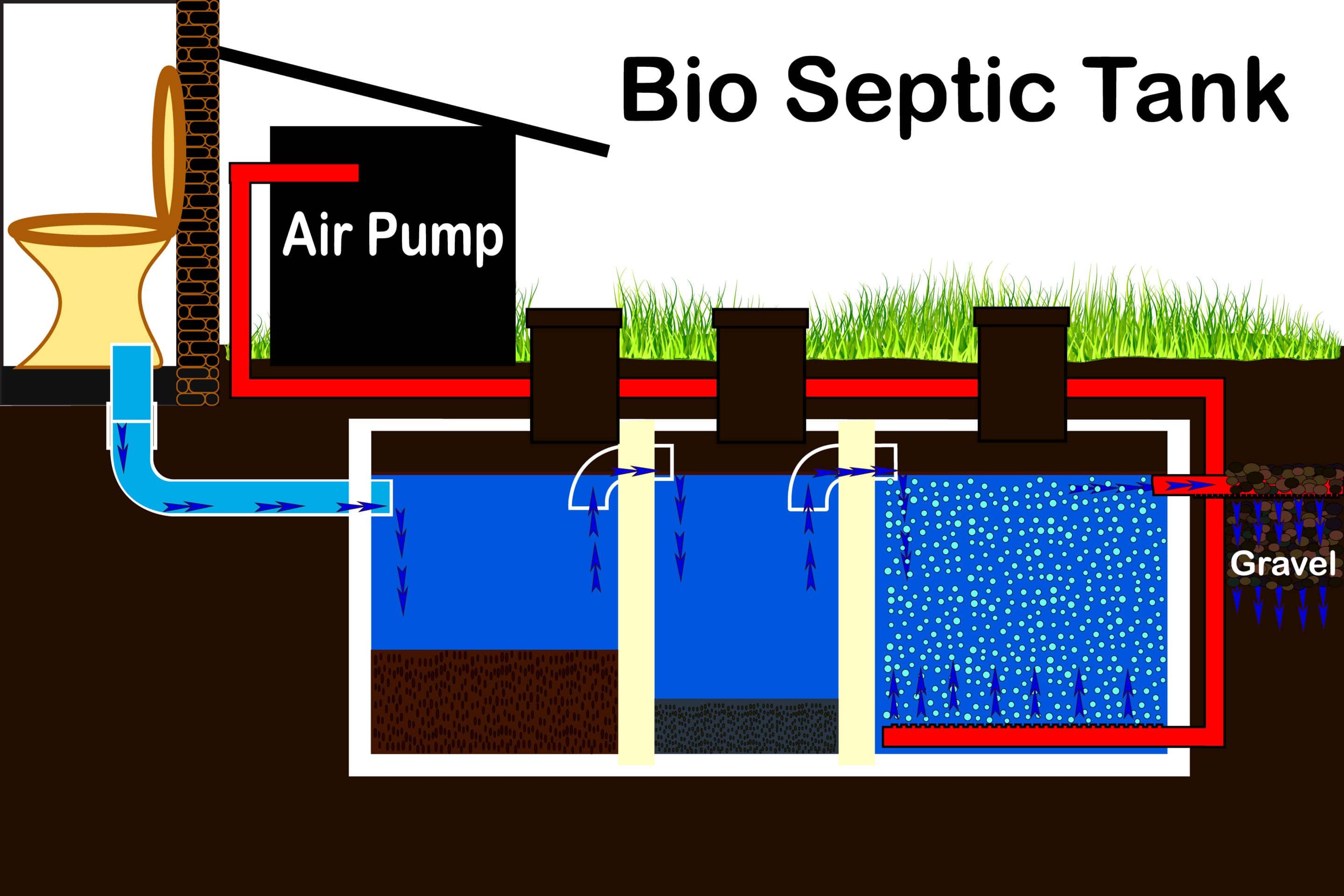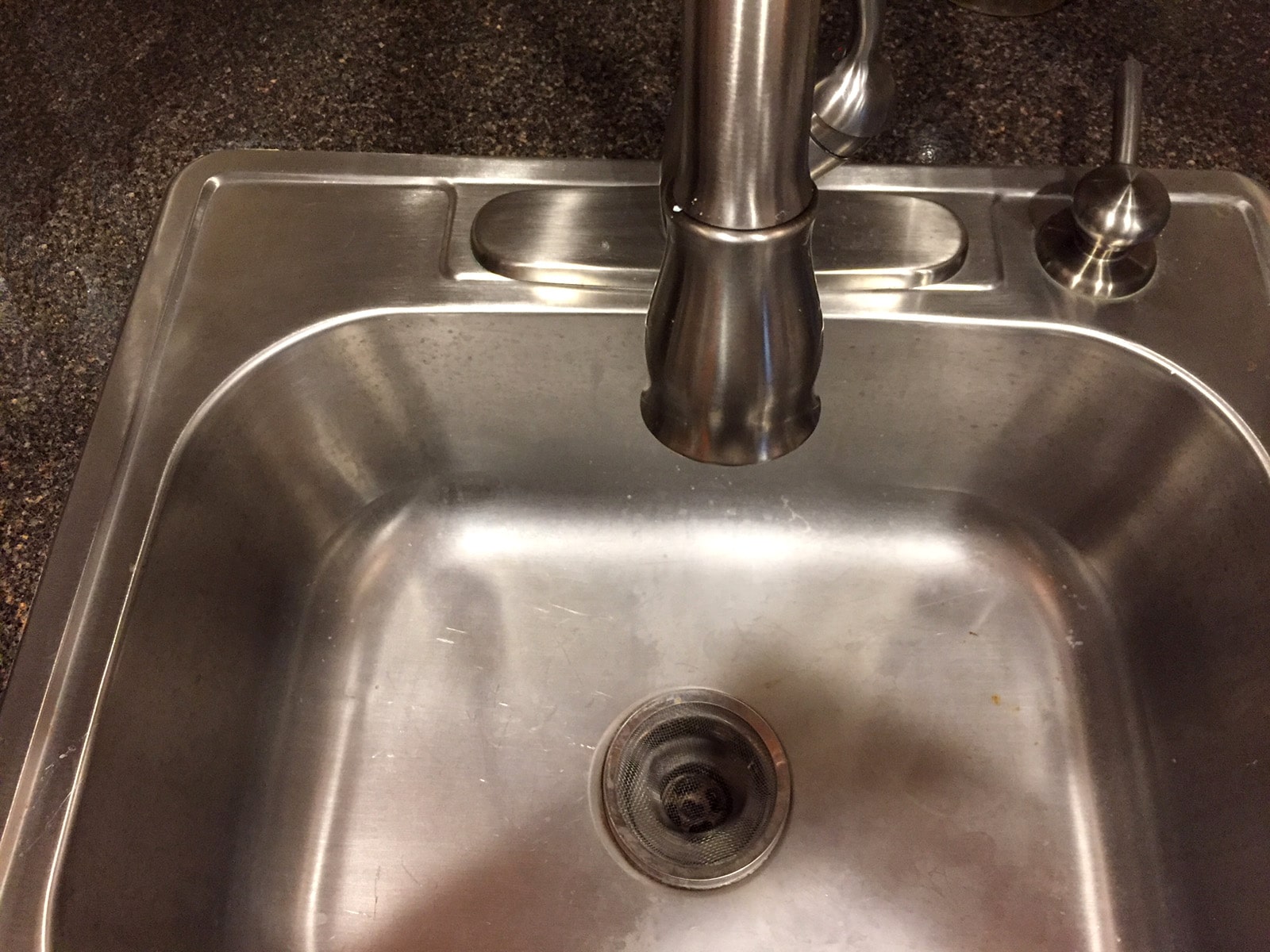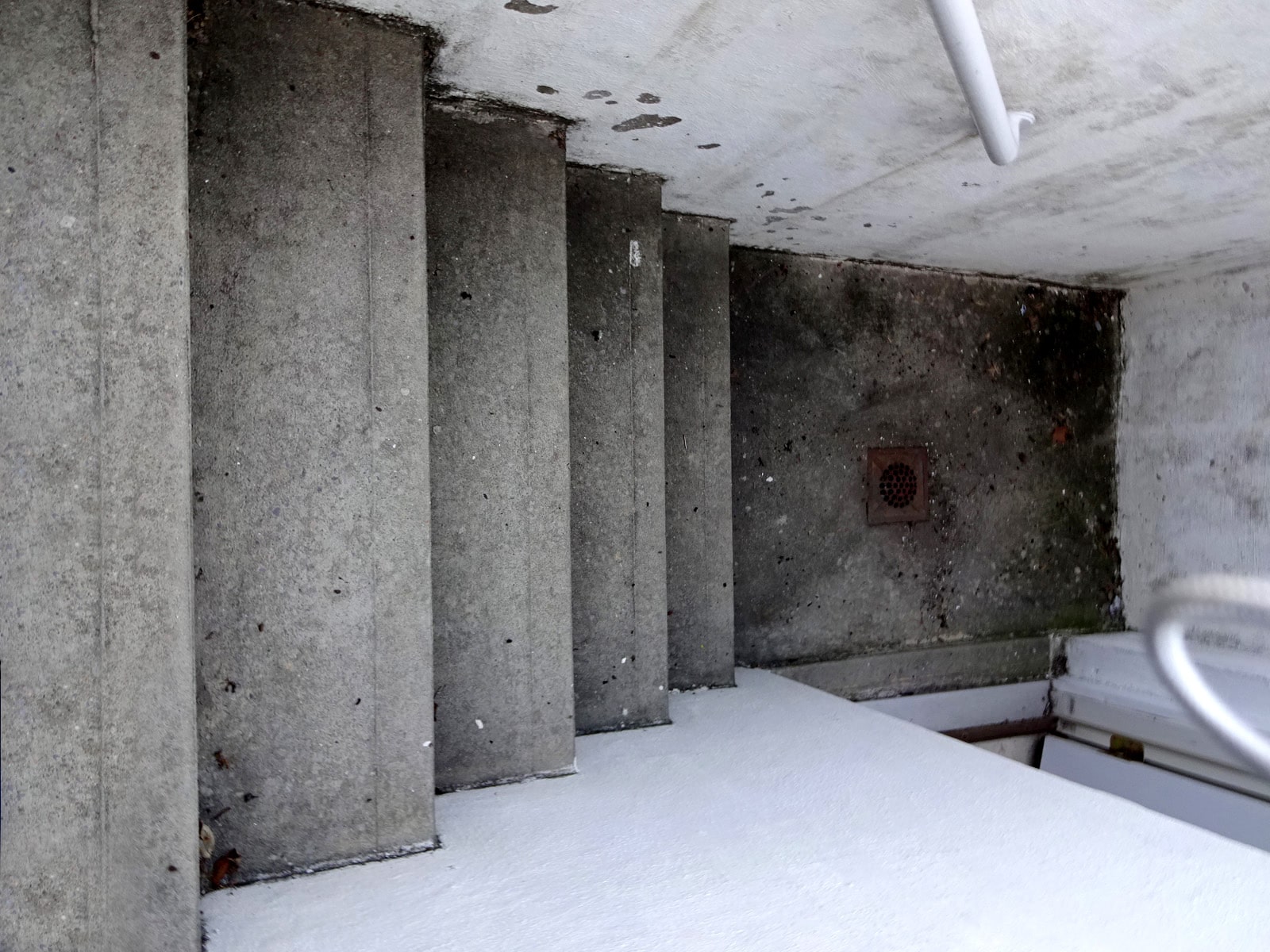Your storm water drain, as the name implies, is designed to drain excess rain and groundwater from multiple areas inside your property. Because it does not handle sanitary waste, storm systems often get overlooked. But a storm water drain is just as vital in protecting you and your property. The structures a storm water drain handles includes roofs, driveways, footpaths, area ways, and so on. The drain can be something as simple as a dry well in a residential area. Or it can be a complex municipal system maintained by your local government.
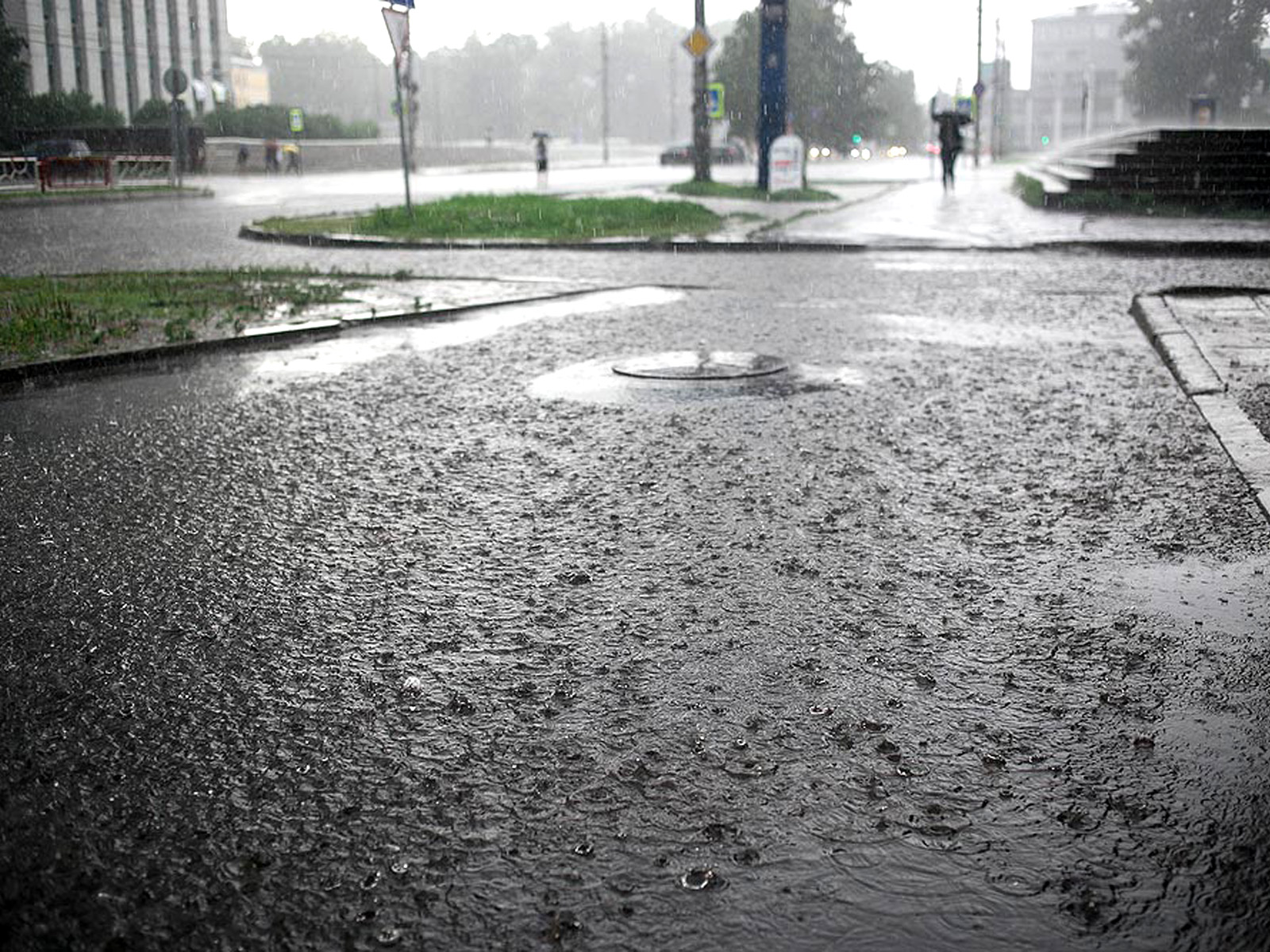
Many of such storm water systems drain untreated wastewater into big rivers, their tributaries, or other bodies of water. Therefore, it is not acceptable throw away chemical waste, or sanitary waste, into these drains. It also suggests that ideally a storm water drain should be a separate system from your plumbing main drain (for wastewater). Combined sewers are increasingly rare today due to the potential issues with human waste contaminating open watercourses, and overburdening water treatment plants. Also, the installation costs more money than separate systems.
Brief overview of how a storm water drain works
A storm water drain works by diverting water from rain/storm into nearby waterways, or holding tanks, to prevent flooding. During rainstorms, large volumes of water that run off of your house, the street, sidewalk, and other surfaces is carried away by storm drains through underground pipes to the nearest water reservoir, pond, streams, rivers, or holding facility such as a dry well. Unlike a wastewater system, which carries away wastewater to be treated in a water treatment facility, a storm drain reintroduces the water directly back into nature.
[box type=”info”] It always helps to be familiar with your local plumbing code, or trust a professional. For instance, in many municipalities dedicated main storm sewer drains do not have to have a trap. That is because dedicated storm sewers do not contain sewer gases. Preventing sewer gases from entering your property is the prevailing reason for a sewer trap in plumbing systems. If your storm drain is connected to a combined sewer system, leaving out a trap can fill your home with sewer gases. Do not leave this decision to chance!
When there is no trap for the main storm sewer, floor drains and roof leader lines should be trapped. Traps for these type of lines prevents debris, leaves, dirt, etc., from entering and clogging the main storm drain. [/box]
Plumbing Connections To Your Storm Water Drain
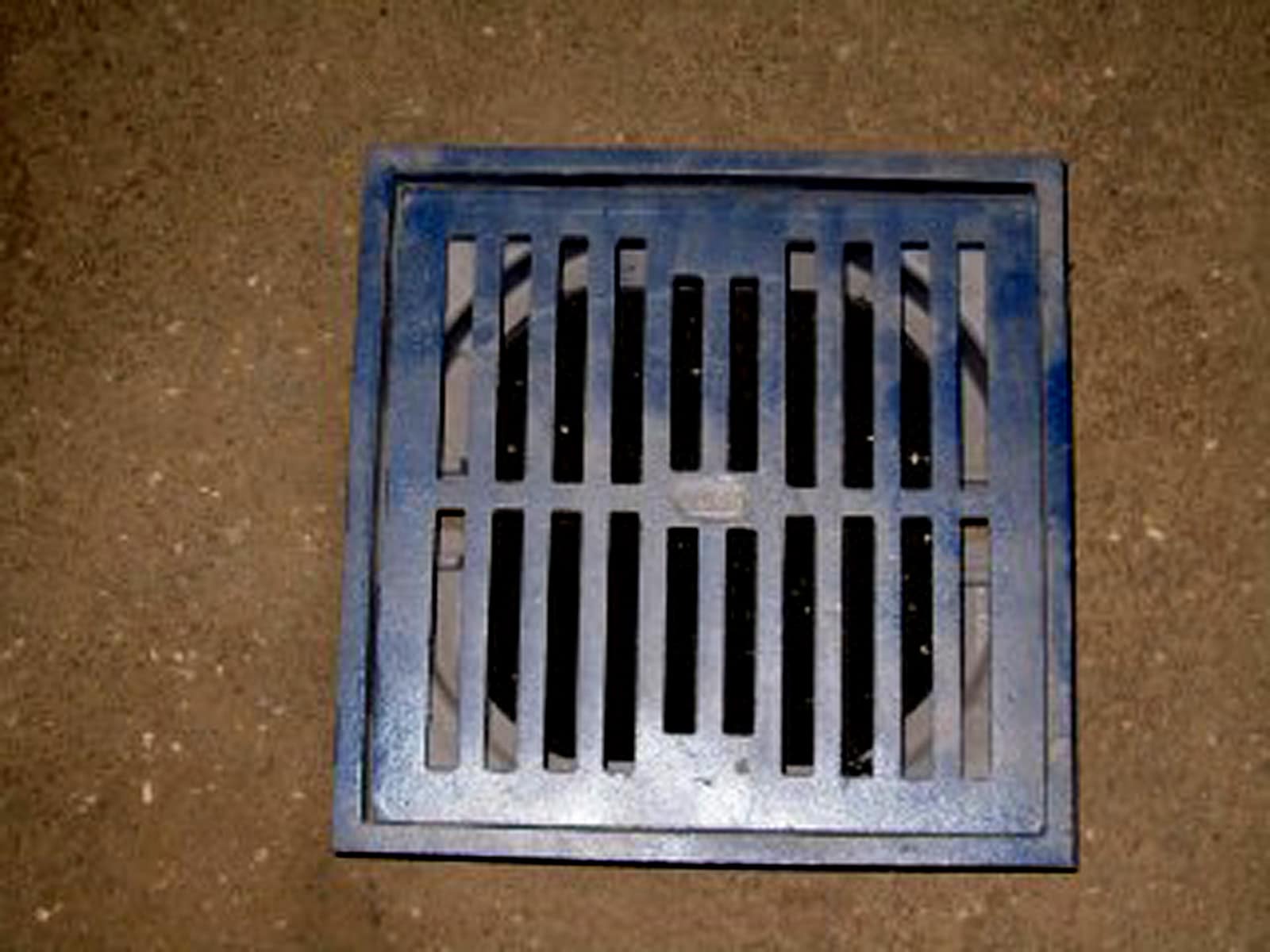
Water from rainstorms cannot flow to your storm drain system on its own. Only a small percent (through gravity) makes it to the main drain. An example of this would be a catch basin in the roadway, which still must be connected to your public storm sewer system. To help with that, a storm water drain is connected to several plumbing parts such as roof rain leader lines, outside floor drains, and outside area drains.
Put in mind that a storm water drain should be located within a reasonable distance from your house, so you need to make sure that excess water will reach the drain during heavy rainstorms. In other words, an outside area drain should be installed within a reasonable distance from an outer wall of your home. But, no so close as to have a chance of allowing seepage into your home. These type of installation decisions are best left to professionals.
[box type=”info”] In many municipalities a storm does not have to vented, or have a fresh air inlet. This can lessen the cost and inconvenience during the installation. But again, check local plumbing codes and use a locally licensed plumber before chancing an illegal plumbing installation.[/box]
-
Roof systems vary, as do their drainage designs
A house with a flat roof needs some sort of pitch for the accumulation of water on top of the roof to flow away. The same thing applies to slope roofs, which contain gutters and leaders for safety reasons. To get rid of the excess water, roof drains are installed to take water away to a leader. The water then flows to the storm building drain, and finally to storm water disposal system. Sometimes, when no house storm sewer exists, it is necessary to create channels (or ditches) alongside the boundary of a property. This allows for the storm water to flow away from your house, and avoids water damage. The pitching and direction of such lines is critical to avoid water seepage into your home.
-
Roof rain leader lines
Roof rain leader lines consist of vertical drain pipes (including the horizontal offset) that carry rainwater away from the roof to the storm drain. Effective roof rain leader lines should be comprised of pipes with large enough diameter to handle the huge volume of water produced during severe rainstorms. The pipes and their connections must be made of heavy duty materials to withstand temperature changes; otherwise, the contraction and expansion due to intermittent temperature changes over time can cause serious damages that require replacements. All decisions concerning materials, sizes, and locations, should be made by a licensed professional.
-
Outside floor drains
In some cases water from roof rain leader lines flow to outside floor drains area. Based on the size and load of the pipes, outside floor drains are graded accordingly to prevent water backup. Typically, outside floor drains are located few feet away from a building.
-
Outside area drains
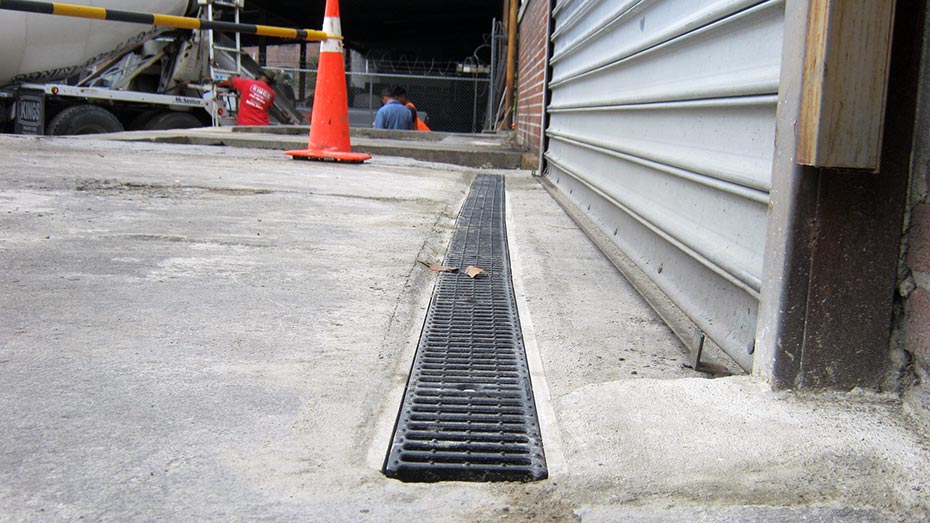
This is to take the flow of the actual storm sewer, which also acts as the extension of outside floor drains. They discharge the accumulation of water carried by the previous two plumbing components to a public storm drain system or any other appropriate location. Storm drains do not contain sanitary waste, such as human sewage, so they can be discharged directly to an open watercourse.
Any installation of plumbing parts which connect to a public storm drain system will be subject to local building codes. Please consult the local authority, or a professional plumber in your area prior to any installation or changes you want to make to the system.
A Sewer Surcharge Can Damage Your Property
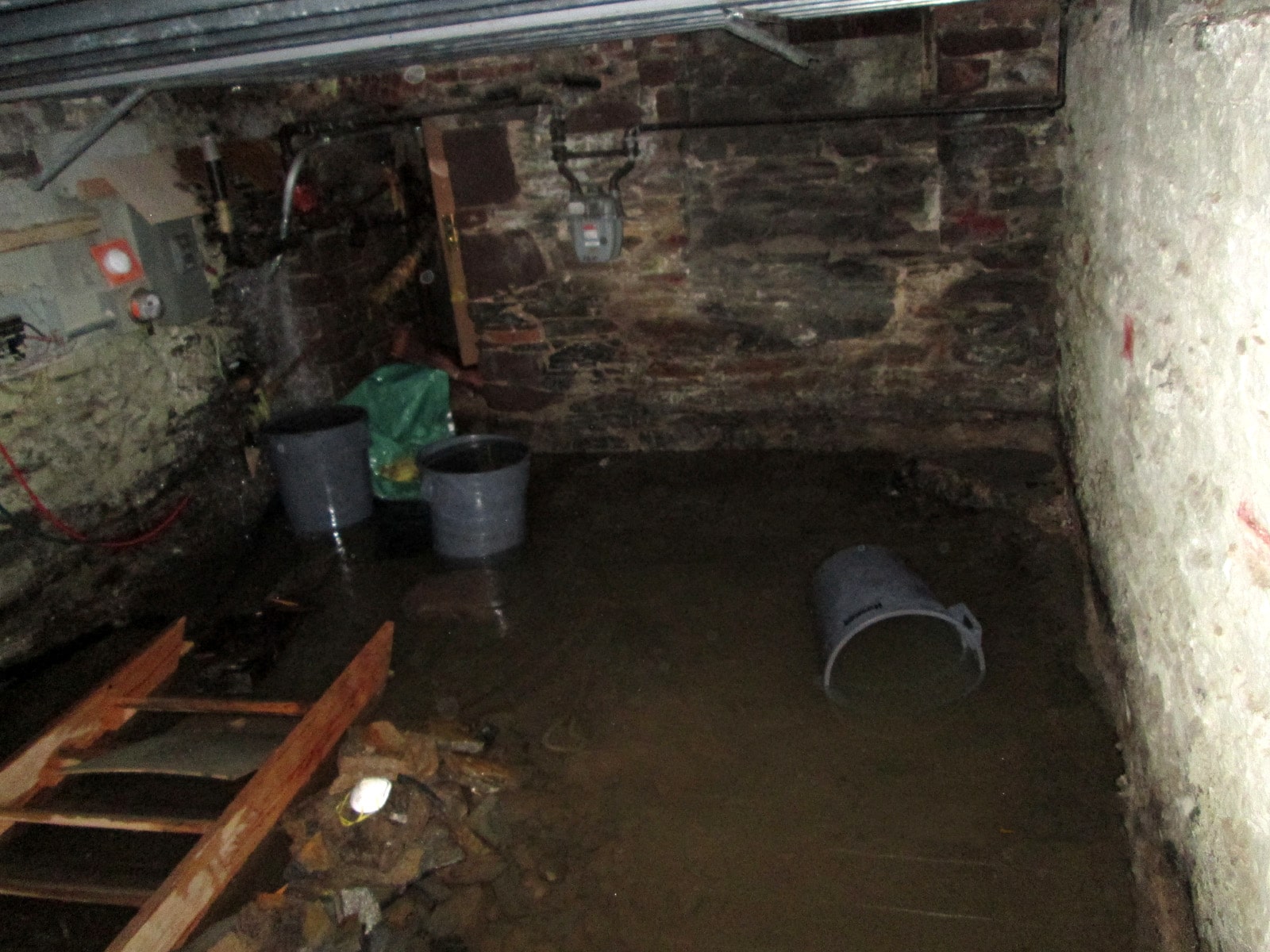
Storm water drains are sized based on the estimated volume of water you expect them to handle during a rainstorm. This holds true for all the plumbing parts connected to them as well. The same principal holds true for your entire plumbing system. In the event of a severe rainstorm, which carries more water than the system can handle, a surcharge is almost a certainty. Even when your own system can actually handle the volume of water, the a city sewer can surcharge can flow back into your property.
Common causes of storm water surcharge
- Illegal connections to public storm water drain, such as sanitary sewer lines.
- Defective or undersized connections and lines.
- Clogging due to improper maintenance.
- Downspouts that drain directly to the drain system
- Under capacity of drain system itself.
Regular maintenance can be the key
Regular maintenance is necessary to keep the drain system working properly. Once the system has been installed, it is not actually that difficult to make sure everything works as intended. Some typical maintenance procedures include:
- Cleaning dirt and debris from plumbing parts connected to drain system such as gutters, leaders, and ditches or channels.
- Making sure that the storm drain traps are free from debris, or any physical object possibly blocking the flow of water.
- Anytime you notice slow draining, please consider hiring professionals to check the drain pipes visually, or with a sewer camera. If a blockage is found, a water jet treatment can be the best method to get rid of it.
In some cases, even with proper maintenance, sewer surcharges will occur. These can cause a lot of damage to your property. In many cases a sewer valve can be a viable and long lasting solution. You can click this link to learn more about sewer check valves and flood gate valves.
What To Do When You Need A Storm Water Drain Repaired
Storm drain issues, regardless of the culprit, are the kind of jobs best left to professionals. In the event it clogs, drains slowly, or even breaks, Balkan Plumbing is the choice you can’t go wrong with. Balkan Plumbing has been involved in New York City’s plumbing industry for more than 65 years. Balkan is the longest running subsurface plumbing company in business. Whether you need repair, or a replacement, the company provides best in class services by using only professional-grade equipment. Couple that with trained technicians making sure that all jobs are done to the highest standards, and it makes for a winning combination. All Balkan installations of new storm water drains, and connections, use made-in-USA materials. This allows Balkan installations to achieve long lasting durability, and strength for many decades to come. If you have a question, need advice, or work performed, contact the Balkan Team.
